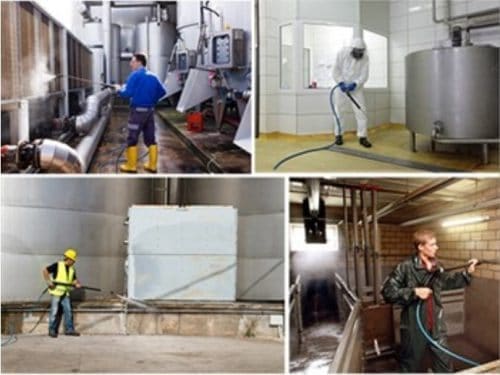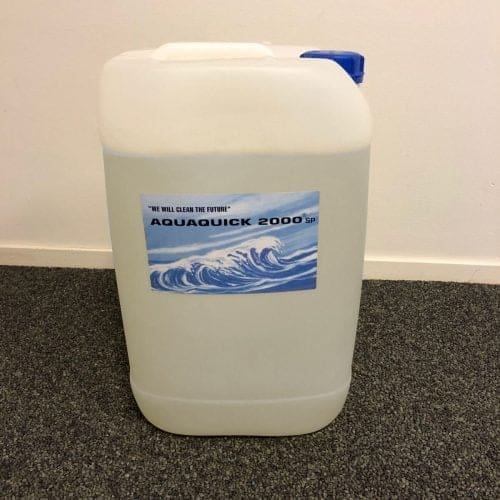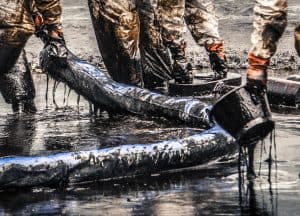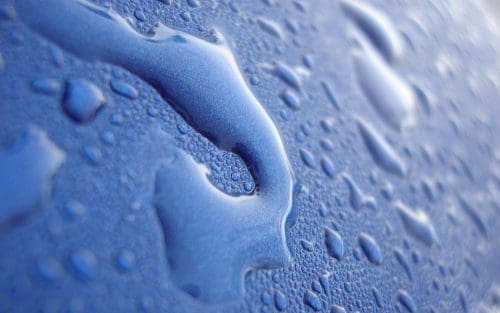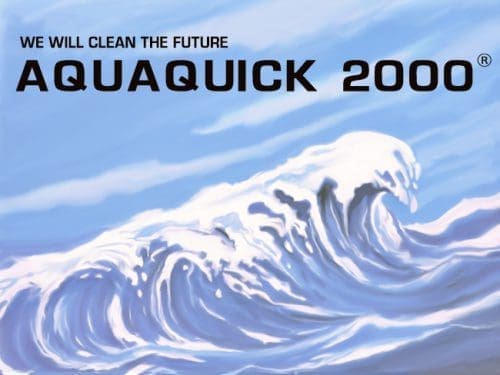Oil spills on land are environmental disasters that occur when petroleum-based substances are accidentally or negligently released into terrestrial ecosystems. These spills can devastate plant life, animal habitats, and even human water supplies. This article explores the causes, effects, and cleanup methods for land oil spills, highlighting AQUAQUICK 2000 as a potential solution for mitigating environmental damage.
What Is an Oil Spill on Land?
An oil spill on land happens when liquid petroleum hydrocarbon is released into the soil, often due to operational mishaps or accidents. Unlike water-based spills, land spills pose unique environmental challenges. The oil coats the ground, reducing the soil’s ability to absorb water, leading to long-term environmental harm.
Common Causes of Oil Spill on Land on Land
- Industrial Accidents: Equipment failure at oil storage facilities can result in large-scale spills.
- Transportation Mishaps: Oil tanker accidents on roads or railways often lead to significant land contamination.
- Pipeline Leaks: Corroded or damaged pipelines may cause underground oil leaks, often going unnoticed until severe damage occurs.
- Operational Negligence: Improper handling or storage of oil products can lead to avoidable spills.
- Natural Disasters: Earthquakes, floods, and hurricanes can damage oil infrastructure, causing spills.
Environmental Impact of Land Oil Spills
Oil spills on land severely disrupt ecosystems by contaminating soil, groundwater, and surface water sources. The following sections detail their specific environmental consequences:
Soil Contamination
Oil covers the soil, preventing the absorption of water and essential nutrients. This suffocates plant roots and disrupts soil ecosystems. Fertile land can become barren, reducing agricultural productivity and harming food security.
Water Pollution
Oil seeps into underground water reserves, contaminating drinking water supplies. Since groundwater can travel across vast distances, the pollution spreads far beyond the initial spill site, affecting entire communities.
Harm to Wildlife
- Terrestrial Animals: Oil coats the fur and skin of animals, impairing their ability to regulate body temperature. Animals relying on scent for navigation may lose track of their young due to the strong oil odor.
- Birds: Oil clings to birds’ feathers, hindering their flight. As they preen, they ingest oil, causing digestive and kidney damage.
- Microorganisms and Bacteria: Beneficial soil bacteria responsible for decomposing organic matter may die off, disrupting nutrient cycles.
Health Risks for Humans
Human health risks from oil spills include respiratory problems, skin irritation, and even long-term conditions like cancer due to toxic chemical exposure. Agricultural and drinking water contamination can cause food and water insecurity, particularly in affected rural areas.
Oil Spill Cleanup Methods
Cleaning up oil spills on land requires a multifaceted approach involving containment, removal, and soil restoration. Here are some standard cleanup methods:
1. Containment and Absorption
Oil spills are contained using barriers such as sandbags or absorbent booms to prevent further spread. Absorbent materials like sawdust or specialized oil pads help soak up the oil.
2. Excavation and Soil Replacement
Heavily contaminated soil is excavated and replaced with clean soil. This method is effective but costly and environmentally disruptive.
3. Bioremediation
Bioremediation involves using bacteria and other microorganisms to break down oil into less harmful compounds. This eco-friendly method enhances natural degradation processes.
4. Chemical Treatments
Chemical dispersants break oil into smaller droplets, making it easier for microbes to consume. However, these chemicals may have environmental side effects.
5. Thermal Treatment
Thermal desorption involves heating contaminated soil to evaporate the oil. The extracted oil is collected and recycled, while the treated soil can be reused.
Preventive Measures
Preventing oil spills is more effective and less costly than cleanup. Key preventive measures include:
- Regular Equipment Maintenance: Ensuring that oil storage and transportation equipment are in good working order prevents leaks.
- Proper Storage: Storing oil in secure, leak-proof containers minimizes spill risks.
- Emergency Response Training: Training personnel in spill response protocols reduces reaction time and spill severity.
- Environmental Monitoring: Frequent environmental assessments help detect potential hazards before spills occur.
AQUAQUICK 2000: An Effective Solution for Land Oil Spills
One of the leading products for land oil spill cleanup is AQUAQUICK 2000, a biodegradable cleaner designed to break down oil and grease effectively. It offers several advantages:
- Eco-Friendly: AQUAQUICK 2000 is non-toxic, ensuring minimal environmental impact.
- Versatile Application: It can be used on various surfaces, including soil, asphalt, and concrete.
- Effective Oil Breakdown: The product accelerates the decomposition of hydrocarbons, helping restore contaminated areas faster.
- Safe for Wildlife: Its non-toxic formulation ensures that nearby wildlife is not harmed during the cleanup process.
By incorporating AQUAQUICK 2000 into land spill cleanup strategies, environmental restoration becomes more efficient and sustainable.
Conclusion
Oil spills on land pose significant environmental, economic, and health challenges. Understanding their causes, impacts, and cleanup methods is essential for effective spill management. With products like AQUAQUICK 2000, cleanup efforts become more efficient and environmentally friendly. Preventive measures and quick response strategies are crucial for minimizing long-term damage and ensuring the safety of ecosystems and communities.



